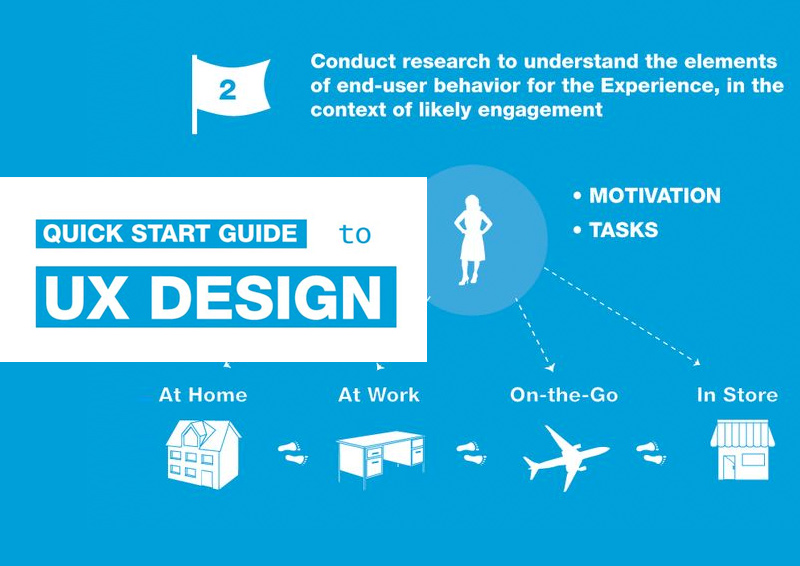Eager To Find Just How Website Layout Has Changed Gradually? Dive Into The Advancement From Simplicity To User-Focused Experiences.
Eager To Find Just How Website Layout Has Changed Gradually? Dive Into The Advancement From Simplicity To User-Focused Experiences.
Blog Article
Article By-Lamb Harding
In the past, web sites were simple and concentrated on details. Navigation was direct, and layout was for desktops. Now, individual experience is crucial. Information overviews styles for simple navigating. Responsive formats fit different gadgets. Today, dark mode decreases strain, and minimal food selections boost navigating. Interactive attributes engage users, and bold visuals stand apart. AI combination improves involvement. See exactly how layout has evolved to boost your on-line trip.
Early Days of Web Design
In the early days of web design, simplicity reigned supreme. Websites were basic, with minimal shades, font styles, and designs. The focus was on providing information as opposed to fancy visuals. Individuals accessed the net via slow dial-up connections, so speed and functionality were key.
Navigation food selections were straightforward, usually situated at the top or side of the web page. Internet sites were designed for desktop, as mobile surfing had not been yet prevalent. Material was king, and developers prioritized very easy readability over intricate design elements.
HTML was the key coding language utilized, and developers needed to work within its restrictions. Animations and interactive features were minimal contrasted to today's requirements. Sites were fixed, with little vibrant content or customized user experiences.
Increase of User-Focused Design
With the development of internet site layout, a change towards user-focused style concepts has actually come to be significantly prominent. Today, creating web sites that prioritize customer experience is critical for involving site visitors and attaining organization goals. User-focused design includes comprehending the requirements, choices, and habits of your target audience to customize the internet site's layout, material, and includes accordingly.
Developers now carry out detailed research, such as user studies and use testing, to collect insights and responses directly from users. This data-driven method assists in developing intuitive navigation, clear calls-to-action, and visually attractive interfaces that reverberate with visitors. By putting https://finnhcxrl.worldblogged.com/35788882/effective-key-phrase-research-approaches-for-pay-per-click-success at the facility of the style procedure, web sites can provide an extra individualized and delightful experience.
Receptive style has actually likewise become a vital facet of user-focused style, making certain that internet sites are optimized for various tools and display sizes. optimize search results improves availability and usability, accommodating the diverse means individuals connect with internet sites today. Fundamentally, the increase of user-focused design symbolizes a change in the direction of producing electronic experiences that focus on the requirements and expectations of the end individual.
Modern Trends in Web Design
Discover the most recent trends shaping web design today. look at this now is dark setting layout, supplying a sleek and contemporary look while decreasing eye strain in low-light settings. Another key fad is minimal navigating, streamlining menus and boosting customer experience by focusing on essential elements. Incorporating micro-interactions, such as animated switches or scrolling impacts, can create an extra engaging and interactive site. Receptive layout continues to be vital, making sure seamless customer experiences throughout different tools. Additionally, making use of strong typography and asymmetrical layouts can include visual rate of interest and accentuate certain content.
Incorporating AI technology, like chatbots for consumer assistance or personalized recommendations, boosts individual involvement and streamlines processes. Access has likewise come to be a substantial pattern, with designers focusing on inclusive style techniques to deal with diverse user needs. Accepting sustainability by optimizing internet site efficiency for speed and performance is an additional emerging trend in web design. Working together with customer feedback and information analytics to repeat and enhance style constantly is crucial for remaining pertinent in the ever-evolving electronic landscape. By accepting mouse click the next internet page -day patterns, you can develop a visually attractive, easy to use site that resonates with your audience.
Final thought
As you review the evolution of website style from the very early days to now, you can see just how user-focused design has become the driving force behind contemporary fads.
Embrace the trip of adjustment and adaptation in website design, always keeping the user experience at the leading edge.
Remain existing with the current fads and technologies, and never ever stop evolving your strategy to produce aesthetically spectacular and user-friendly internet sites.
Develop, adapt, and create - the future of website design remains in your hands.
